My experience at the Yale Bioethics Summer Institute has been nothing short of extraordinary. I’ve had the pleasure of making friends with a cohort of brilliant peers, the privilege of studying beneath world-renowned professors, and the honor of presenting research before an esteemed panel of evaluators.
Before arriving at the Yale Bioethics program, I anticipated walking into a lion’s den of cutthroat geniuses, who would see me as the naïve kid from a little Florida college. This couldn’t have been farther from the truth. The director of the institute – the celebrated bioethicist Stephen Latham, best known recently for his ethical work on postmortem brain revival experimentation – is a warm man passionate about his work and in no shortage of good humor. The woman running the program, Lori Bruce, has the longest CV I’ve ever seen but also one the kindest hearts of anyone I’ve ever met. They and their program management team go to great lengths to fulfill students’ intellectual, emotional, and professional needs. Any concerns are addressed swiftly and professionally, with attention to cultural differences and disabilities of all classifications.
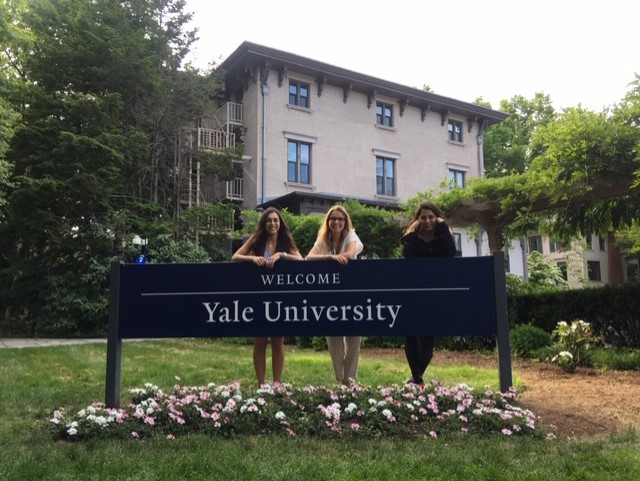
The first week of this program was labeled “Foundations,” and was more of the traditional conference format. Foundations in Bioethics is a gathering that draws professionals from around the globe – with some looking for bioethical supplementation to their professions, and others who are professional bioethicists or students of bioethics looking to meet with colleagues (like a ComicCon for bioethics nerds). What I loved about Foundations was that it didn’t assume we knew about science or philosophy, and before each topic was discussed (by the leading stars of the relevant disciplines), there would be a lecture overviewing pertinent information necessary to a layman’s understanding of the bioethical principle. Although I am versed in both philosophy and science, my peers ranged from neuroscientists to philosophers to creative writing students specializing in bioethics genres; these clarificatory lectures elevated discussions insofar as there did not need to be wasted time on baseline questions.
After Foundations, most of the attendants left, leaving about sixty participants for the remaining six weeks. Our instructors urged us to become close. We, they said, were each other’s main resources – the bioethics community is a small one, and we would almost definitely encounter our peers again throughout our lives. My professors shared anecdotes about their writing papers with other bioethicists (over the internet), and then meeting them again years later and re-introducing themselves, only to realize they had once published books together.
Every morning, we have a general lecture. Then, we have lunch (one or two hours, depending on the length of the lecture). Finally, we have two two-hour classes a day, from one to five. We often have night activities, where we attend speakers, watch bioethics movies, or meet with professors to receive critiques on our work. Every night, we have about fifty pages of reading minimum, sometimes up to one hundred pages; and every week, we have to write on discussion boards about that week’s topic in each class. Classes are taught twice a week for three weeks (as we have Monday and Wednesday classes, then Tuesday and Thursday classes), for a total of six classes (twelve hours) in each discipline; then we switch to a different schedule with a different set of four classes. Fridays are pure lecture, with some events, including field trips. (I will expand in my next post 😊 )
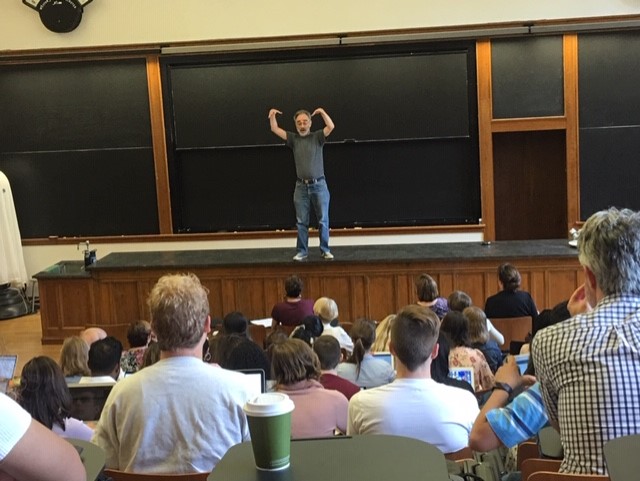
I’ve had the privilege of taking the following courses: Bioethics and the Law, Genetics and Bioethics, Neuroethics, Disability and Bioethics, Cultural and Contextual Bias, Global Health Ethics, Aliens Among Us (Space and Tech Ethics), and Animal Ethics.
I have loved every moment. More than anything, this experience affirms that this is my community, and that this is what I’m meant to pursue professionally.
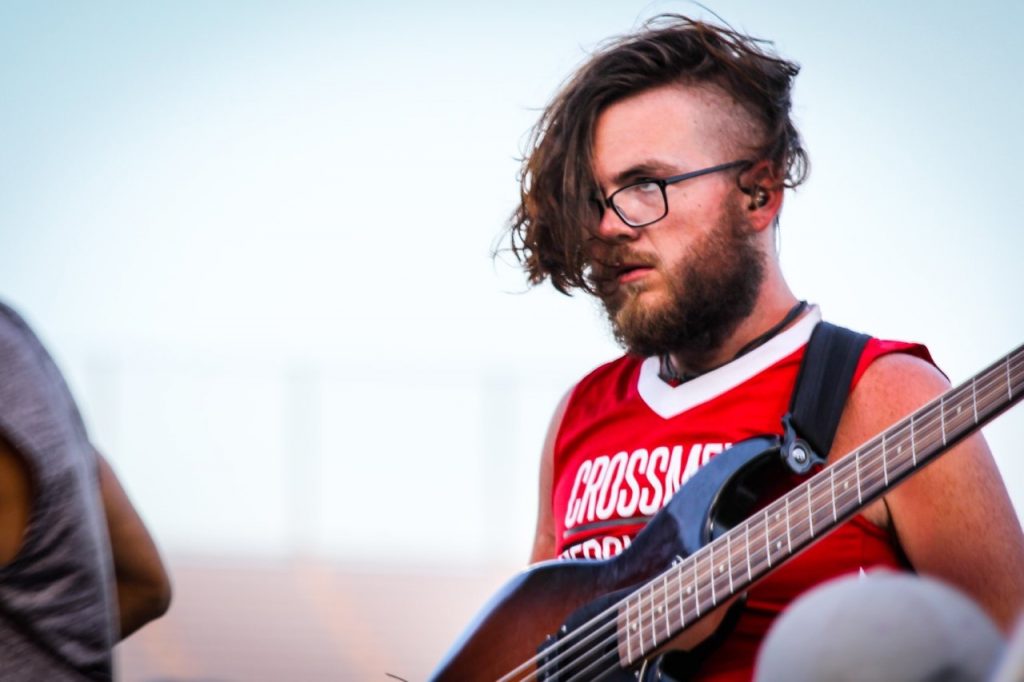

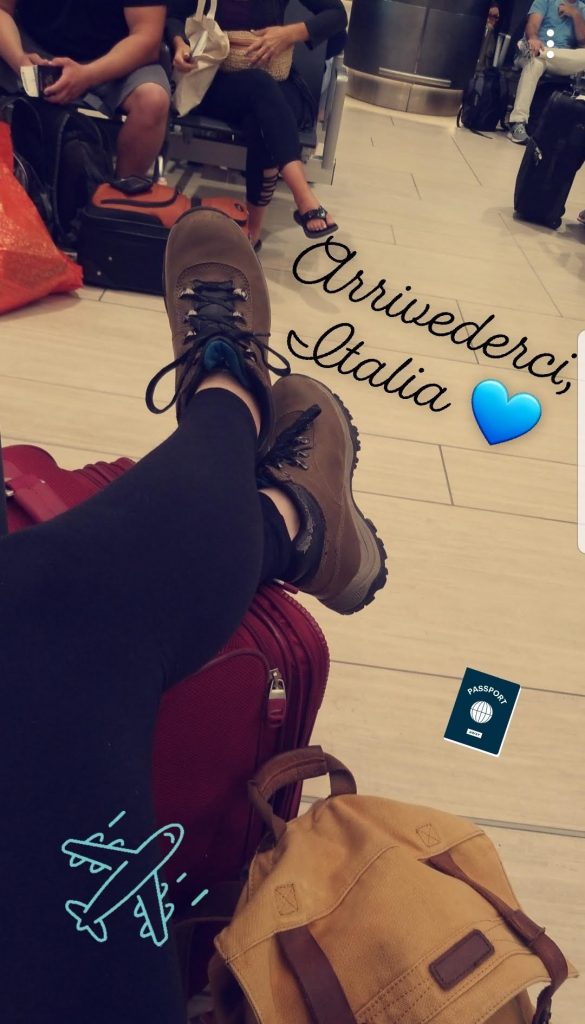 Leaving the Roma Airport
Leaving the Roma Airport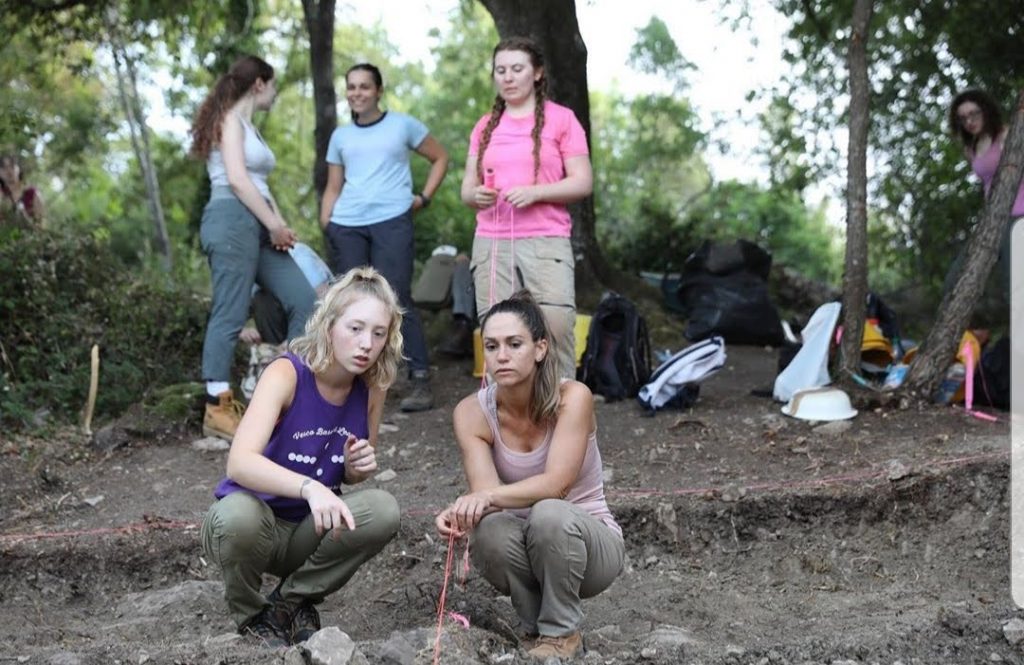 Working in the Field
Working in the Field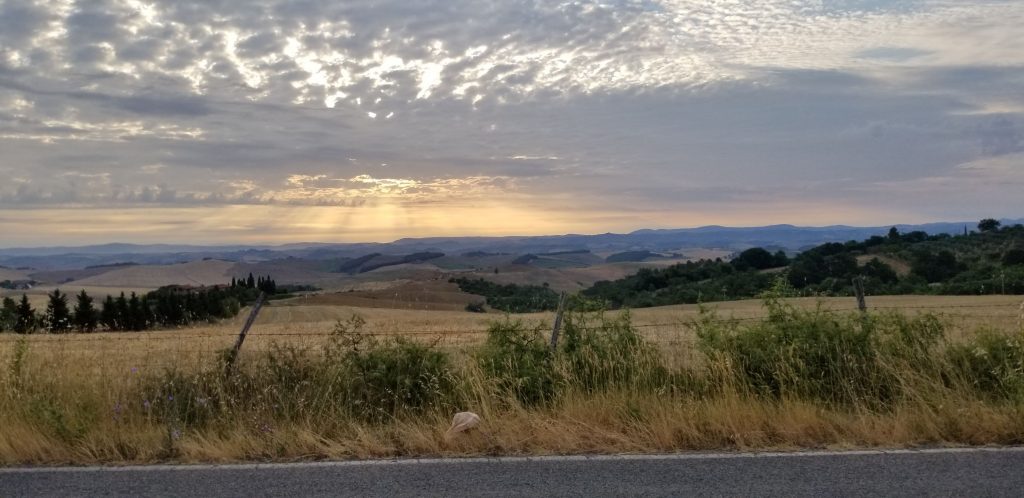 Arriving
Arriving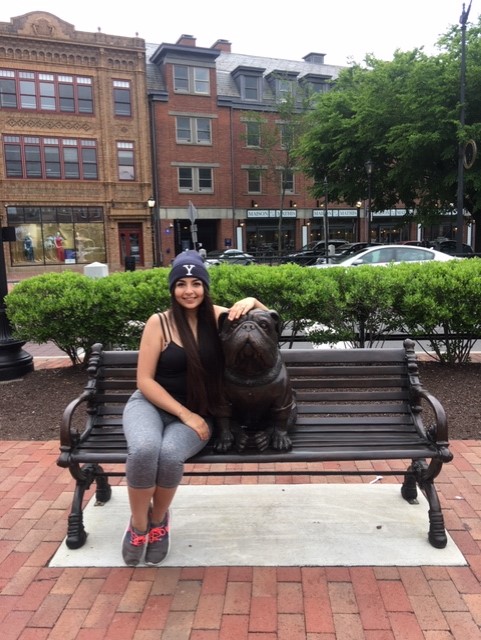
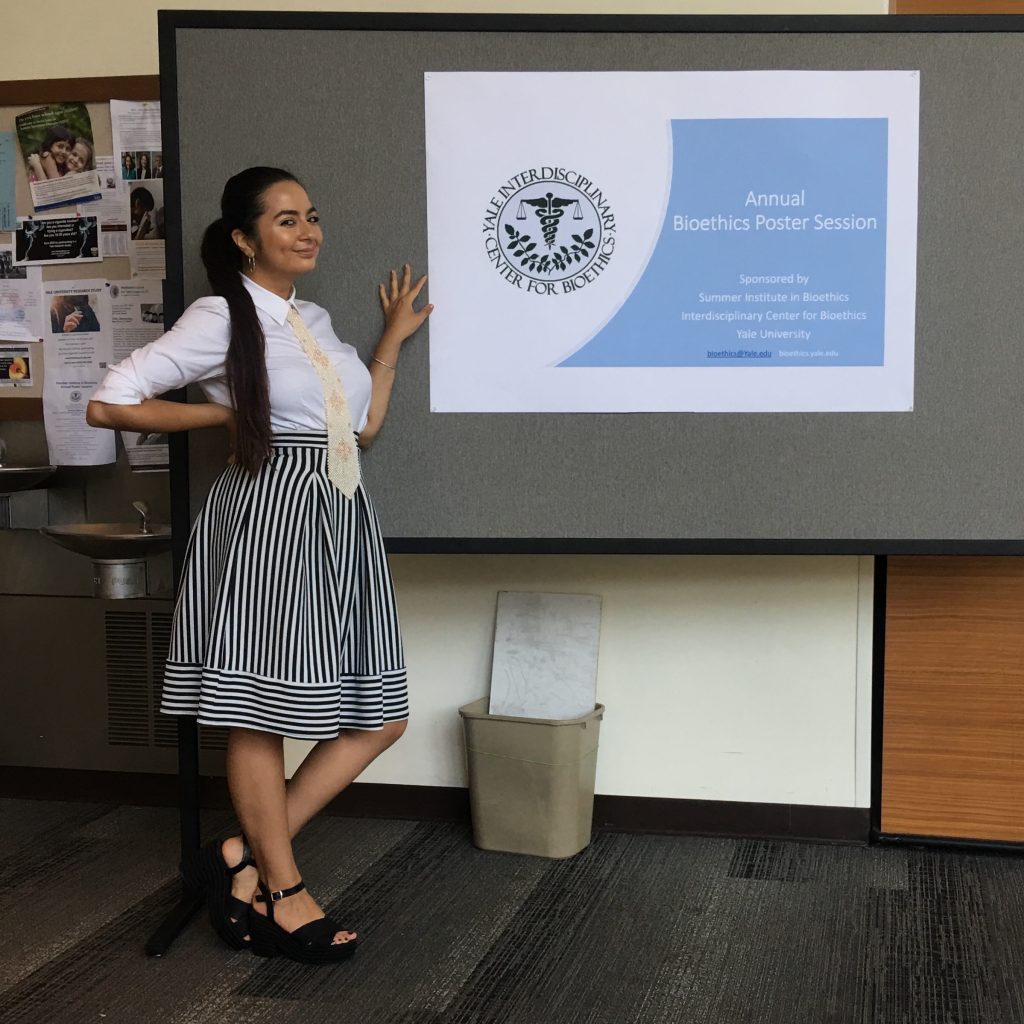






 My lab space I worked in while in Boston. The grey incubator on the left housed my cells and the fridge on the right housed reagents and solutions needed for experiments.
My lab space I worked in while in Boston. The grey incubator on the left housed my cells and the fridge on the right housed reagents and solutions needed for experiments. My sterile hood which I worked under during my experiments. This was during one of my TLR-4 activation analyses with over 80 samples I had to load into a 96 well plate.
My sterile hood which I worked under during my experiments. This was during one of my TLR-4 activation analyses with over 80 samples I had to load into a 96 well plate.